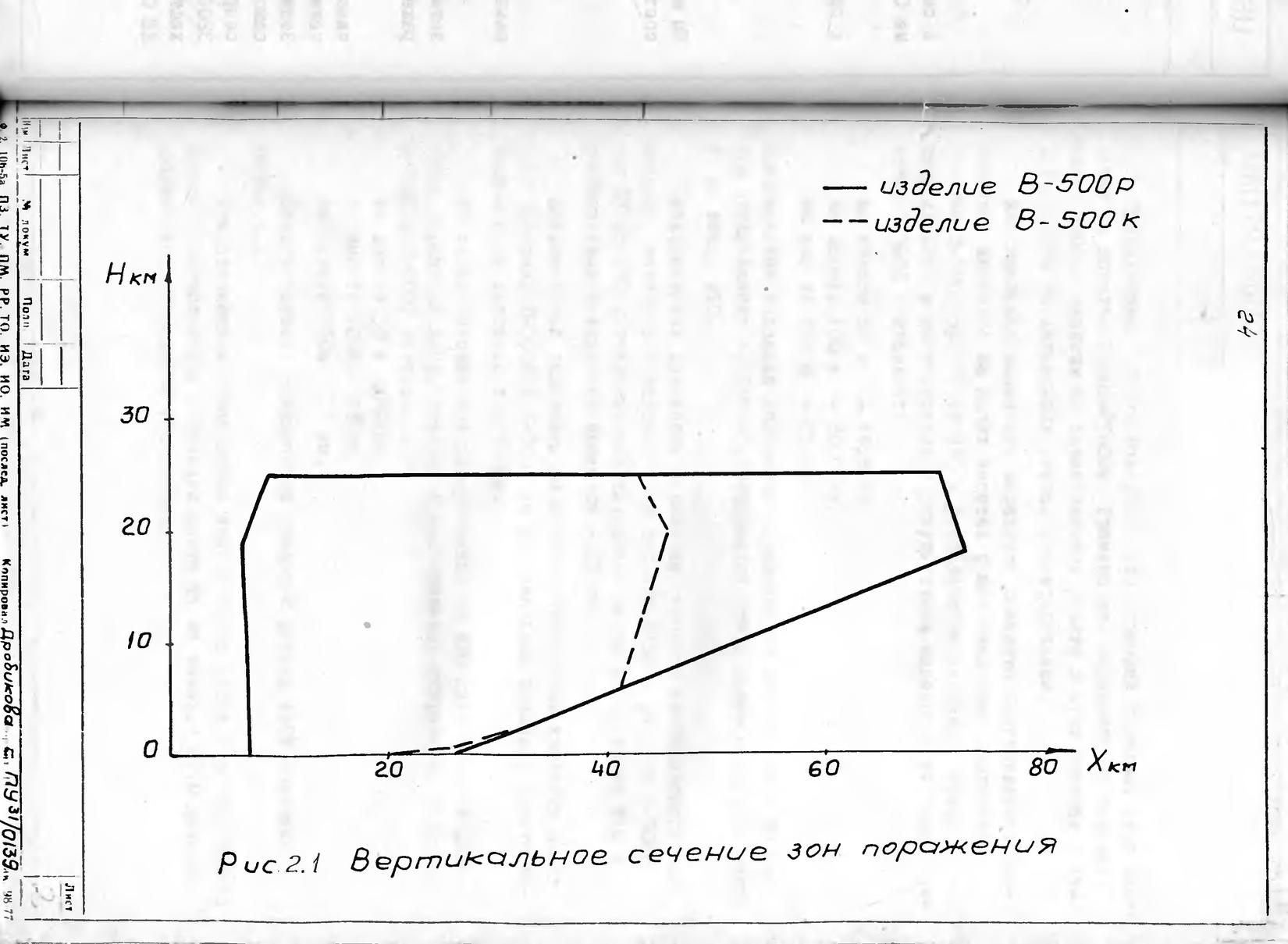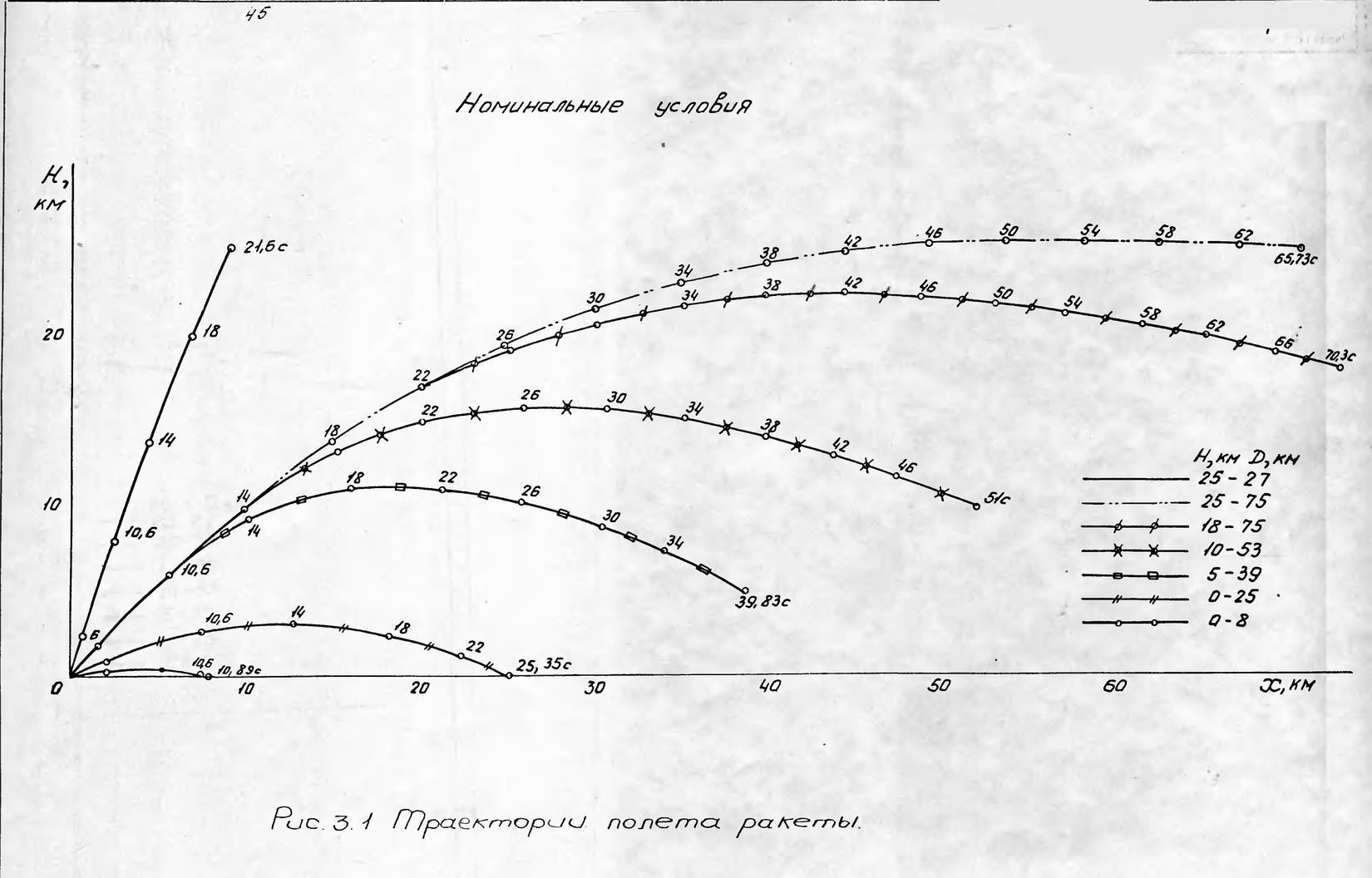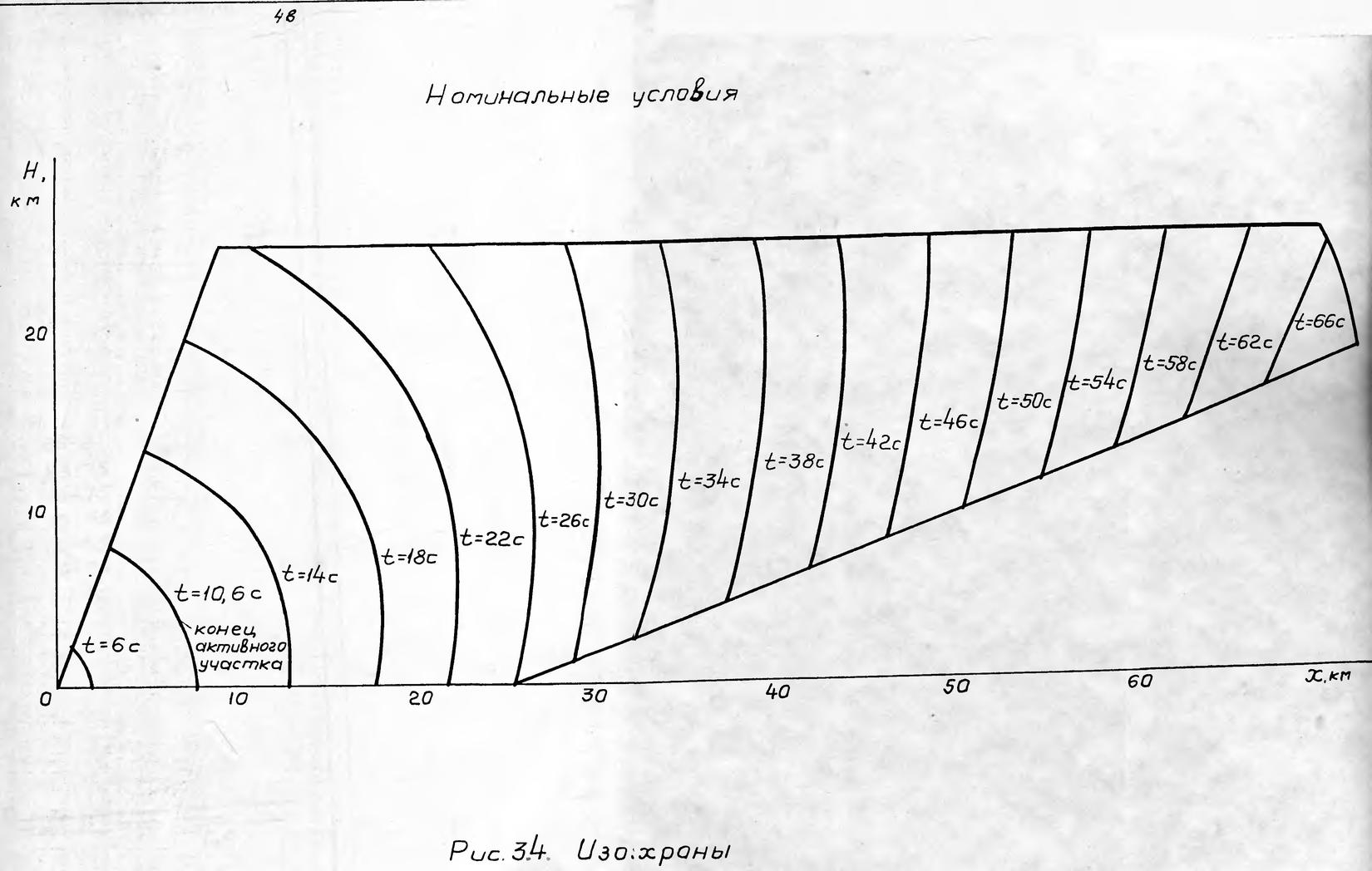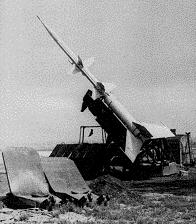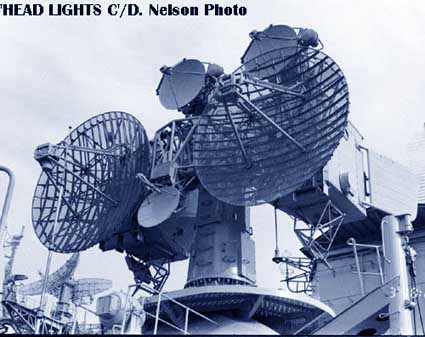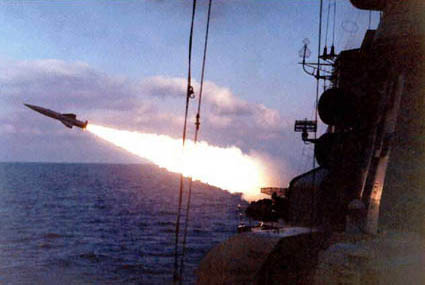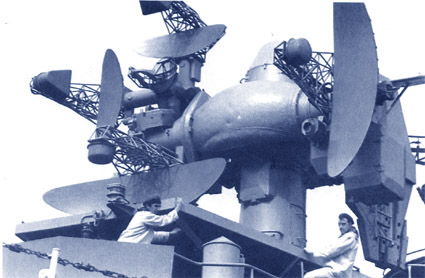SPOILER! Kattints ide a szöveg elolvasásához!V-625 Missile
Molniya NPO chief designer Shota PAPIAShVILI provided the following material.
“The two-stage V-625 surface-to-air missile for the S-125 complex was developed
beginning in May 1957 at Tushino KB-2 under the supervision of Maksim Ollo. The first and
second stages of the missile were equipped with solid propellant engines. The second stage
employed the “movable wing” aerodynamic configuration. Flight testing took place at the
Kapustin Yar Proving Ground from December 1958 to July 1959. Twenty-three ballistic and
programmed launches in an autonomous control loop took place. Development ceased in 1959.”
Pavel ShESTAKOV reminisces.
“The experimental model comprised a missile guidance station with antenna post, two missile
launchers, and the solid propellant 625 missile. Guidance station tests were normal.
However, the missile tests hit a dead end.
“During the first launches of the 625 missile, we ran into an unknown phenomenon: the
missile continually deviated to the left of the sector of responsibility. Many variations were
tested to keep the missile in the sector: mechanical event controllers were introduced into the
control command system; all possible types of manipulations with the angles of firing into the
sector. . . Nothing helped! There was no success in a single firing in a closed control loop. The
missile was sent back to the plant for modification.”
According to Yuriy Figurovskiy, a Petr Dmitriyevich Grushin missile was being tested at
the proving ground in 1957 simultaneously with the Ollo missile. The missile was of the same
class, but intended for naval complexes. Modifications to the Ollo missile were delayed and then
Petr Dmitriyevich, having learned about its configuration, proposed creation of a standard
missile for PVO and the Navy. Development of the standard missile was transferred to OKB-2.
Pavel ShESTAKOV reminisces.
“The P. D. Grushin missile was included in the composition of the S-125 complex in
August-September 1958 and it should be stated that this was done successfully even though it
differed from its predecessor. If the Ollo missile had a movable wing, the Grushin missile was
manufactured using the canard configuration.”
“In 1959 Ollo shipped several modified missiles to the proving ground. As it was
explained, the cause of the problems was banally simple. The vertical dimension of the casing
notated on the drawings of the mating cone of the first and second stages on one side was
558mm, but was 553mm on the other side although both dimensions had to be identical.
Someone erroneously had written a ‘3’ instead of an ‘8’ with the result that the manufactured
cone had a ‘curve’ while the missile had a ‘camber’. The difference of 5 millimeters was not
noticeable to the eye but manifested itself immutably in flight. This miniscule oversight caused
the testing to be unsuccessful. The labor of a large collective of designers, blue-collar workers,
and test personnel, plus an enormous amount of funds, was wasted.
“To the dismay of Ollo, the proving ground leadership would not permit repeat testing.
He begged me for a long time as chief of the S-125 system department to perform just one
unsanctioned test. I did not agree, I simply lacked the courage to do so. But, today, after the
passage of many years, I sometimes feel bad about both the missile and designer Ollo”.
 Informatika és tudomány
Informatika és tudomány
 Informatika és tudomány
Informatika és tudomány













